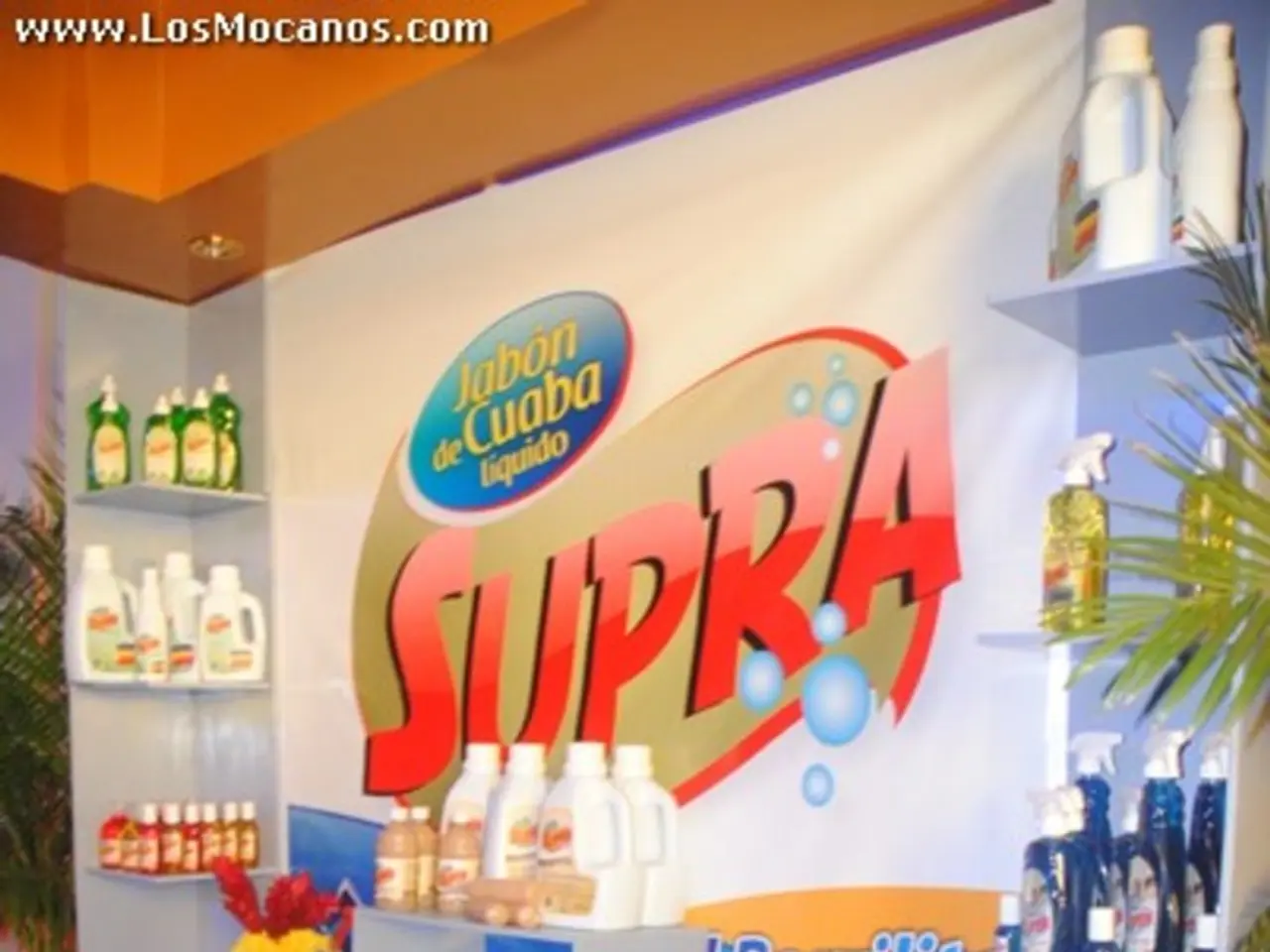Customer Acquisition: A Comprehensive Guide, with Explanation, Procedures, Platforms, Quantification, and Methods
In the ever-evolving business landscape, reducing customer acquisition costs (CAC) while maximising the value of each new customer is crucial for sustainable growth. Here's a roundup of evidence-based best practices and strategies for optimising CAC, drawing from the latest industry insights.
Lowering Customer Acquisition Costs ------------------------------------
- **High-Intent Marketing:** Focus on high-intent keywords and channels, and use bottom-of-funnel (BoFu) content to address ready-to-buy customers. Embed relevant, long-tail keywords throughout your landing pages, titles, and meta descriptions. - **User-Generated Content (UGC):** Actively collect and showcase customer reviews, especially from recent buyers, to build trust and social proof. Running UGC campaigns with incentives can speed up review collection and improve conversion rates. - **Cost-Effective Channels:** Diversify your marketing efforts beyond expensive paid ads by investing in SEO, content marketing, influencer collaborations, email, SMS, and push notifications. These channels often deliver higher ROI and lower CAC compared to competitive social media ad platforms. - **Referral Programs:** Implement referral programs that motivate existing customers to bring in new ones. Referred customers typically have higher trust and lower acquisition costs, and these programs can scale efficiently with minimal ongoing investment. - **Automation and AI:** Use AI-powered tools for lead scoring, chatbots, and automated email follow-ups to streamline the acquisition process, reducing manual effort and improving lead qualification. - **Optimise Conversion Rates:** Continuously test and refine landing pages, CTAs, and checkout processes to minimise drop-offs and maximise conversions at every stage of the funnel. - **Geo-Targeting:** Create tailored landing pages and campaigns for specific geographic regions to increase relevance and improve ad performance.
Retention and Referral Focus -----------------------------
- **Customer Retention:** Improve customer lifetime value by focusing on retention strategies such as loyalty programs, personalised communication, and proactive customer support. Retained customers often spend more and have lower reacquisition costs. - **Feedback Loops:** Establish mechanisms for collecting and acting on customer feedback to improve satisfaction and encourage repeat purchases. - **Referral Incentives:** Encourage existing customers to refer others by offering meaningful rewards, which can dramatically lower CAC while boosting customer loyalty.
Data-Driven Optimisation ------------------------
- **Track Funnel Performance:** Use analytics to monitor each stage of your acquisition funnel. Identify bottlenecks, underperforming channels, and opportunities for optimisation. - **Key Metrics:** Regularly measure CAC, customer lifetime value (LTV), conversion rates, and retention rates to gauge the effectiveness of your strategies and allocate resources efficiently. - **Test and Iterate:** Run A/B tests on campaigns, landing pages, and messaging to determine what resonates best with your target audience and refine your approach continuously.
By combining these strategies—emphasising high-intent marketing, cost-effective channels, retention, referrals, and rigorous analytics—businesses can significantly optimise customer acquisition costs while driving sustainable growth.
In the realm of business, smartly applying high-intent marketing strategies alongside cost-effective channels can help lower Customer Acquisition Costs (CAC) by addressing ready-to-buy customers and investing in less expensive marketing efforts. To further drive sustainable growth, focusing on retention strategies such as customer loyalty programs, proactive customer support, and data-driven optimization can enhance Customer Lifetime Value (LTV) and reduce reacquisition costs.




